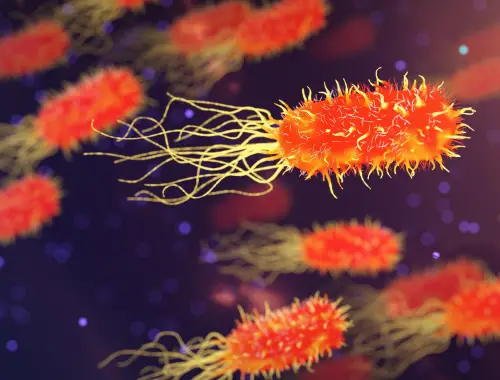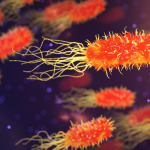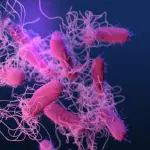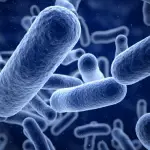Eubacteria, also known as true bacteria, are a diverse group of prokaryotic organisms that are found in almost every environment on earth. They are unicellular and lack a nucleus and other membrane-bound organelles. Eubacteria are known for their remarkable diversity, and they play important roles in the ecology, agriculture, and biotechnology.
Eubacteria are classified into several phyla based on their morphology, metabolism, and other characteristics. One of the most well-known phyla of Eubacteria is the Proteobacteria, which includes many species of bacteria that are involved in nitrogen fixation, decomposing organic matter, and symbiotic relationships with plants and animals. Other important phyla of Eubacteria include the Actinobacteria, which includes many species of bacteria that are involved in the production of antibiotics, and the Firmicutes, which includes many species of bacteria that are involved in food fermentation.
Eubacteria are known for their remarkable ability to adapt to diverse environments. They are found in a variety of habitats, including soil, water, and even inside other organisms. Some Eubacteria are known to be extremophiles, meaning that they are able to survive and thrive in extreme conditions, such as high temperatures, high pressures, and low oxygen environments. Examples of extremophilic Eubacteria include thermophiles, which are bacteria that thrive in high temperatures, and halophiles, which are bacteria that thrive in high salt concentrations.
Another remarkable aspect of the diversity of Eubacteria is their metabolic diversity. Eubacteria are capable of using a wide range of energy sources and metabolic pathways to obtain energy and nutrients. Some Eubacteria are photoautotrophs, meaning that they use sunlight as their energy source and carbon dioxide as their carbon source, while others are chemoautotrophs, meaning that they use inorganic compounds as their energy and carbon source. Some Eubacteria are also heterotrophs, meaning that they obtain energy and nutrients by consuming organic matter.
In addition to their ecological and metabolic diversity, Eubacteria are also known for their genetic diversity. Eubacteria have a unique mode of reproduction called binary fission, which allows them to rapidly divide and generate new genetic variations. This high level of genetic diversity has allowed Eubacteria to evolve and adapt to changing environments and to develop new metabolic pathways and biochemical functions.
In conclusion, Eubacteria are a diverse group of prokaryotic organisms that are found in almost every environment on earth. Their remarkable diversity is due to their ecological adaptability, metabolic diversity, and genetic variability. Eubacteria play important roles in nutrient cycling, bioremediation, agriculture, and biotechnology, and they continue to be a focus of scientific research and discovery.











Leave a Reply